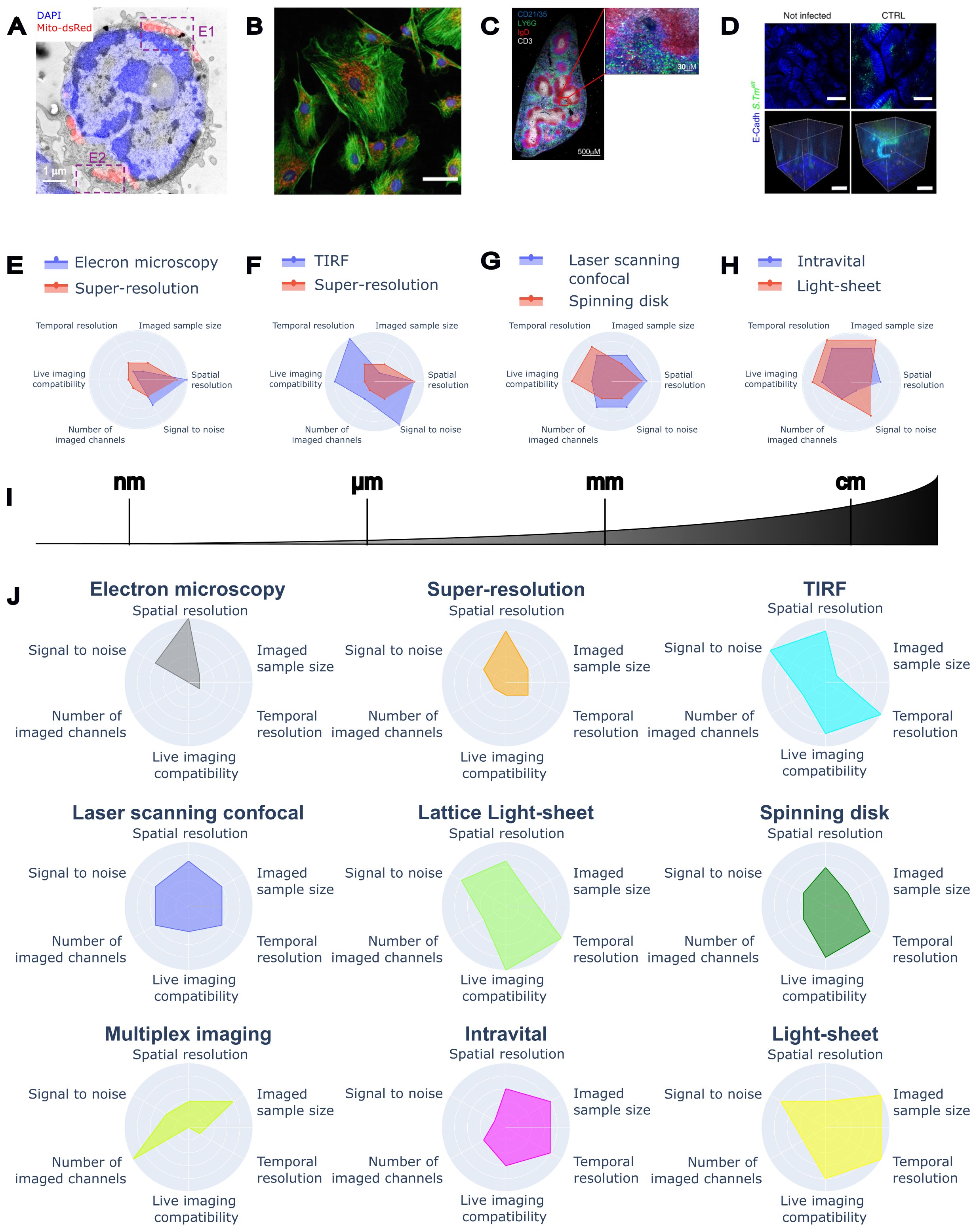The convergence of advanced microscopy techniques with artificial intelligence is revolutionizing the study of immunology and virology, addressing the critical challenge of interpreting complex, multi-dimensional data. Traditional microscopy methods, while powerful, often generate vast amounts of intricate data that can overwhelm researchers. By leveraging AI and data science, scientists can enhance image processing, automate analysis, and derive meaningful insights from the wealth of information embedded in microscopy images. This integration not only streamlines workflows but also opens new avenues for understanding immunological responses and viral behaviors at unprecedented scales, making it a pivotal development in biomedical research.
The key takeaway from this exploration is the transformative potential of AI-driven tools in microscopy, which facilitate more efficient image acquisition and analysis. Open-source platforms are emerging as vital resources, allowing researchers to customize their approaches to data interpretation and image processing. By harnessing these technologies, the scientific community can significantly enhance its capacity to visualize and analyze immunological and virological phenomena, ultimately leading to breakthroughs in understanding disease mechanisms and developing targeted therapies. This synergy between AI and microscopy not only accelerates research but also democratizes access to advanced analytical capabilities, fostering innovation across the field.









